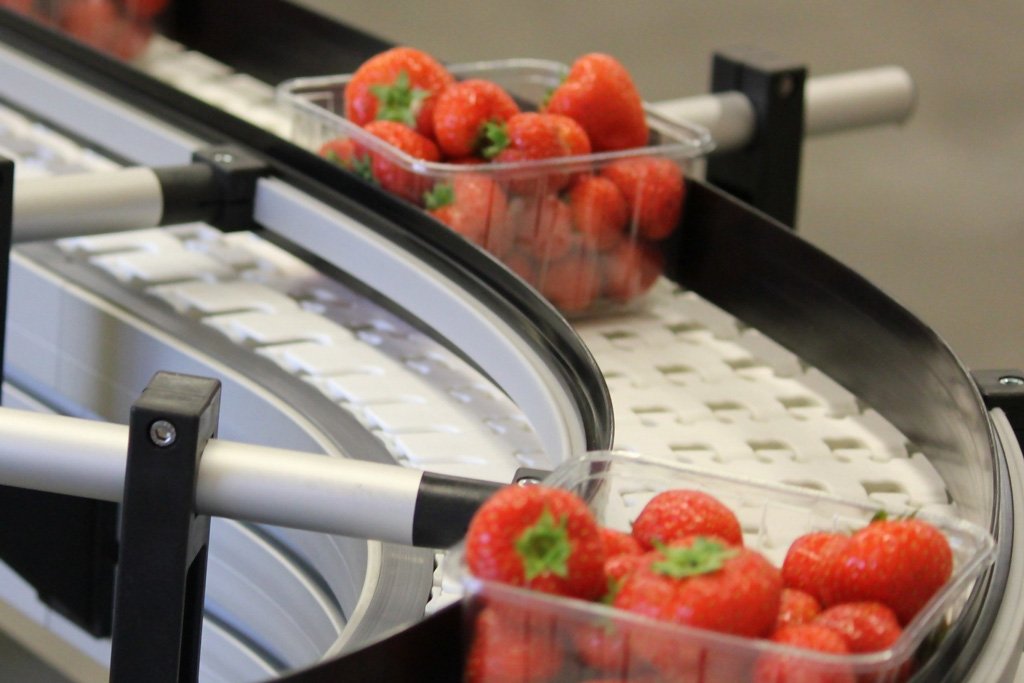In a marketplace where shelf life, hygiene, and user experience are paramount, packaging is undergoing a fundamental transformation. No longer just a passive wrapper, packaging has become an active participant in protecting and enhancing product quality. Leading this shift is active packaging—an intelligent solution that monitors, responds to, or interacts with the contents it encloses.
As of 2023, the global active packaging market stood at USD 21.4 billion, with projections suggesting it will exceed USD 40 billion by 2030, growing at a compound annual growth rate (CAGR) of 9.1%. This remarkable growth is being shaped by a convergence of consumer demand, regulatory evolution, and rapid technological progress.
Active Packaging Explained: Beyond Containment
Active packaging incorporates advanced materials and components that extend shelf life, enhance safety, and improve consumer interaction. Technologies such as oxygen scavengers, moisture regulators, ethylene absorbers, and antimicrobial layers are embedded into packaging systems to actively manage the internal environment.
The result? Reduced spoilage, improved product integrity, and elevated consumer confidence—especially in high-stakes industries such as food, pharmaceuticals, and personal care.
Primary Growth Drivers
1. Shelf Life Extension in Perishable Supply Chains
One of the clearest drivers of market growth is the demand for longer shelf life, particularly in the food and beverage industry. As global food distribution becomes more complex and timelines extend, manufacturers rely on active packaging to minimize oxygen exposure, control humidity, and prevent microbial growth.
Modified atmosphere packaging (MAP) and active sachets can delay spoilage by days or even weeks, leading to reduced food waste and increased efficiency in cold chain logistics.
2. Heightened Food and Drug Safety Awareness
Consumers and regulators are more vigilant than ever about product safety. Recalls due to spoilage, contamination, or compromised packaging are costly and reputationally damaging. Active packaging solutions mitigate these risks by acting as early warning systems—indicating temperature deviations, chemical changes, or seal breaches.
This technology is especially valuable in pharmaceuticals, where maintaining drug stability during storage and transit is both a quality and regulatory imperative.
3. Sustainability and Waste Reduction
Although sustainability and technology are often seen as separate domains, active packaging is proving they can be complementary. By extending shelf life, it reduces product loss, which is a significant contributor to environmental waste. Additionally, R&D in biodegradable active materials is expanding rapidly, creating a new frontier in eco-efficient packaging innovation.
Segmentation Insights: Material and Sectoral Breakdown
By Material Type
- Plastics remain the backbone of active packaging solutions due to their versatility and compatibility with active agents. However, concerns over environmental impact are driving innovation in recyclable and biodegradable polymers.
- Paperboard and fiber-based solutions are gaining traction as sustainable carriers of active elements, especially in short-shelf-life categories such as baked goods and fresh produce.
By Application Sector
- Food & Beverages: The dominant market, driven by consumer demand for freshness and reduced preservatives. Products like fresh meats, seafood, dairy, and baked goods benefit significantly from oxygen regulation and antimicrobial films.
- Pharmaceuticals: Packaging solutions that control humidity and light exposure are critical for maintaining drug efficacy and regulatory compliance. Vaccine transport, for example, relies heavily on condition-monitoring systems.
- Personal Care: Growing demand for clean-label and organic beauty products is accelerating interest in packaging that protects against oxidation and microbial contamination.
Geographic Trends: Leadership and Opportunity Hotspots
North America
Holding the largest share in 2023, North America benefits from robust food safety regulations, advanced healthcare infrastructure, and a consumer base that prioritizes quality and convenience. Regulatory support for smart and sustainable packaging is further driving investment.
Asia-Pacific
The fastest-growing region, powered by urbanization, rising middle-class consumption, and healthcare access. E-commerce proliferation in markets like China, India, and Southeast Asia is boosting demand for durable, high-integrity packaging solutions.
Europe
Sustainability is the top priority. European brands are at the forefront of developing recyclable and compostable active packaging solutions, driven by strict EU directives on single-use plastics and circular economy goals.
Challenges in Implementation
Despite its advantages, the active packaging market is not without obstacles:
- Cost Sensitivity: The upfront investment in active materials and technologies remains high, limiting adoption among smaller businesses or low-margin sectors.
- Complex Regulatory Compliance: Especially in the food and pharmaceutical industries, active components must pass rigorous safety evaluations and labeling protocols across regions.
- Material Integration Barriers: Combining active agents with sustainable substrates like paper or bio-plastics is technically complex and requires interdisciplinary innovation.
Emerging Opportunities: Where the Market is Headed
E-commerce and Direct-to-Consumer Logistics
The rise in online grocery, beauty, and pharmaceutical deliveries creates a strong use case for packaging that ensures product safety across decentralized and delayed supply chains. Active packaging will be pivotal in maintaining temperature, freshness, and authenticity during delivery.
Smart Packaging Convergence
Expect further integration of sensors, indicators, and near-field communication (NFC) technologies with active packaging. Consumers will soon interact with packages that not only protect but inform and engage—from freshness indicators to smartphone-connected authenticity tags.
Sustainable Active Packaging
Biopolymer-based films, starch-based oxygen absorbers, and cellulose-infused antimicrobial layers are gaining traction. Brands that align active function with biodegradable or recyclable formats will command both market preference and regulatory favor.
Conclusion: A New Era for Intelligent, Sustainable Packaging
The global active packaging market is on the cusp of a technological and strategic inflection point. As manufacturers, regulators, and consumers converge around quality, safety, and sustainability, active packaging is poised to become an essential tool across global supply chains.
For stakeholders, this market offers both commercial promise and innovation potential. Companies that invest in R&D, align with sustainability goals, and address cost barriers through scale or collaboration will emerge as leaders in this fast-evolving space.

